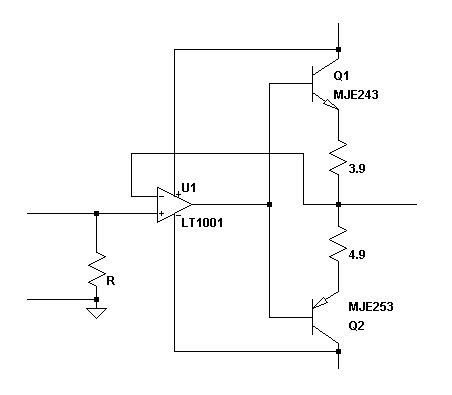norman_nomad
Well-known member
Hello all,
For fun I picked up some cinemag transformers for my Art Pro VLA compressor with the idea that I would use them to transformer balance the input and outputs. I'm doing this an experiment to see how it might change the sound of the compressor.
Here's a link to the transformer pdf's.
Input: http://cinemag.biz/line_input/CMLI-15-15B.pdf
Output: http://www.cinemag.org/output/CMOB-2.pdf
I added the input transformers successfully... I think. I essentially bypassed the TL072s and went straight to the main board. This works fine, but I loose 3db of gain. Not sure why. :? I attached a pic of what I did.

But what I'm getting confused on is how best to add the output transformers. :?:
Can someone take a look at the schematic and tell me what they think?
http://www.blacklionaudio.com/art_pro_vla_schem.html
Specifically I'm wondering if I should have the output transformer follow the balancing 5532 or if I can bypass this somehow?
Sorry for the newb question, but I'm doing this to learn!
For fun I picked up some cinemag transformers for my Art Pro VLA compressor with the idea that I would use them to transformer balance the input and outputs. I'm doing this an experiment to see how it might change the sound of the compressor.
Here's a link to the transformer pdf's.
Input: http://cinemag.biz/line_input/CMLI-15-15B.pdf
Output: http://www.cinemag.org/output/CMOB-2.pdf
I added the input transformers successfully... I think. I essentially bypassed the TL072s and went straight to the main board. This works fine, but I loose 3db of gain. Not sure why. :? I attached a pic of what I did.

But what I'm getting confused on is how best to add the output transformers. :?:
Can someone take a look at the schematic and tell me what they think?
http://www.blacklionaudio.com/art_pro_vla_schem.html
Specifically I'm wondering if I should have the output transformer follow the balancing 5532 or if I can bypass this somehow?
Sorry for the newb question, but I'm doing this to learn!






